Someone recently asked us how the design team at The Imagination Factory approaches repeatable idea generation in the projects we work on. It made us stop and think and we ended up with a list of 10 top tips for having great ideas which we thought might be useful to share.
There's a common misconception that good ideas appear in the form of an "Aha!" moment.
However, the reality is that nearly all of your new ideas are a combination of things you already know.
Steven Johnson's book "Where Good Ideas Come From" explores this concept in detail and is based on the "adjacent possible", a phrase coined by biologist Stuart Kauffman. The adjacent possible states that at any given time in science, technology, culture and politics only certain kinds of steps are possible. It explains why we often see multiple innovations of a similar nature emerging across the world at the same time. Rather than random events good ideas are built out of a collection of parts.
So, instead of hiding away in a remote cabin and hoping the peace and quiet will spark a moment of genius the concept of the adjacent possible encourages us to expand our range of possible next moves. As Stephen Johnson says, "Chance favours the connected mind".
The art is to train your brain to see relationships between things in new ways. Some people see the facts in front of them as discrete bits of knowledge. Others see them as links in a complex but inter-related network.
To become effective at generating new ideas you need a thirst for knowledge and the ability to draw on that knowledge when there is an opportunity for making new connections.
There are many techniques for storing an inventory of knowledge such as using scrapbooks, tagging discoveries electronically, storing inspiring articles from magazines and so on. And for training yourself to spot relationships between seemingly disconnected information there are things like mind maps and other forms of visual thinking.
But one of the most overlooked techniques is to develop the skills required to work together with people from different backgrounds. Are you a writer? Learn to work with a designer on new ideas. Are you an engineer? Take the time to figure out how to work alongside an artist.
When you force yourself to work with people who see the world very differently from you there is the potential to draw on a fresh inventory of mental knowledge.
However, the reality is that nearly all of your new ideas are a combination of things you already know.
Steven Johnson's book "Where Good Ideas Come From" explores this concept in detail and is based on the "adjacent possible", a phrase coined by biologist Stuart Kauffman. The adjacent possible states that at any given time in science, technology, culture and politics only certain kinds of steps are possible. It explains why we often see multiple innovations of a similar nature emerging across the world at the same time. Rather than random events good ideas are built out of a collection of parts.
So, instead of hiding away in a remote cabin and hoping the peace and quiet will spark a moment of genius the concept of the adjacent possible encourages us to expand our range of possible next moves. As Stephen Johnson says, "Chance favours the connected mind".
The art is to train your brain to see relationships between things in new ways. Some people see the facts in front of them as discrete bits of knowledge. Others see them as links in a complex but inter-related network.
To become effective at generating new ideas you need a thirst for knowledge and the ability to draw on that knowledge when there is an opportunity for making new connections.
There are many techniques for storing an inventory of knowledge such as using scrapbooks, tagging discoveries electronically, storing inspiring articles from magazines and so on. And for training yourself to spot relationships between seemingly disconnected information there are things like mind maps and other forms of visual thinking.
But one of the most overlooked techniques is to develop the skills required to work together with people from different backgrounds. Are you a writer? Learn to work with a designer on new ideas. Are you an engineer? Take the time to figure out how to work alongside an artist.
When you force yourself to work with people who see the world very differently from you there is the potential to draw on a fresh inventory of mental knowledge.

